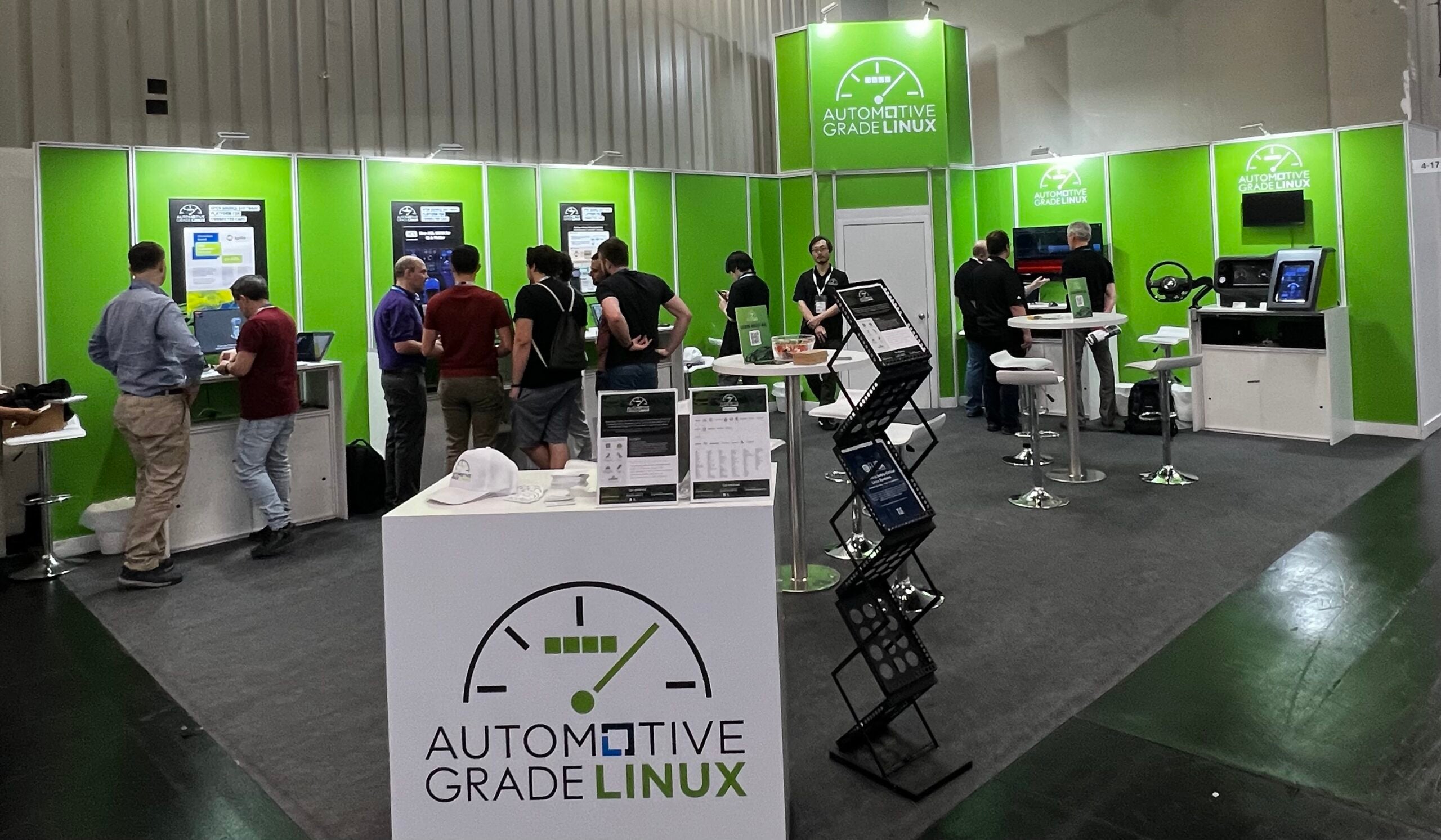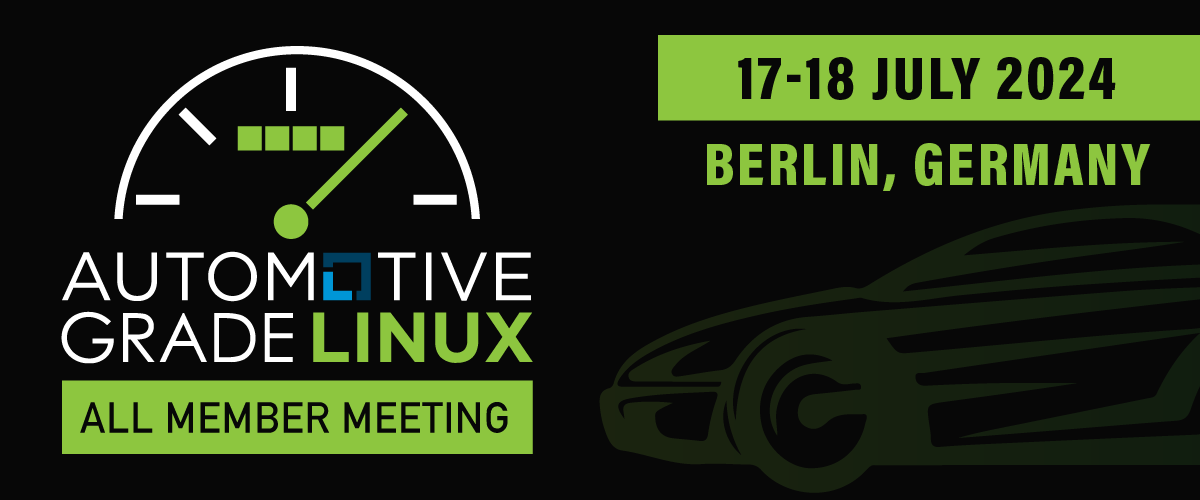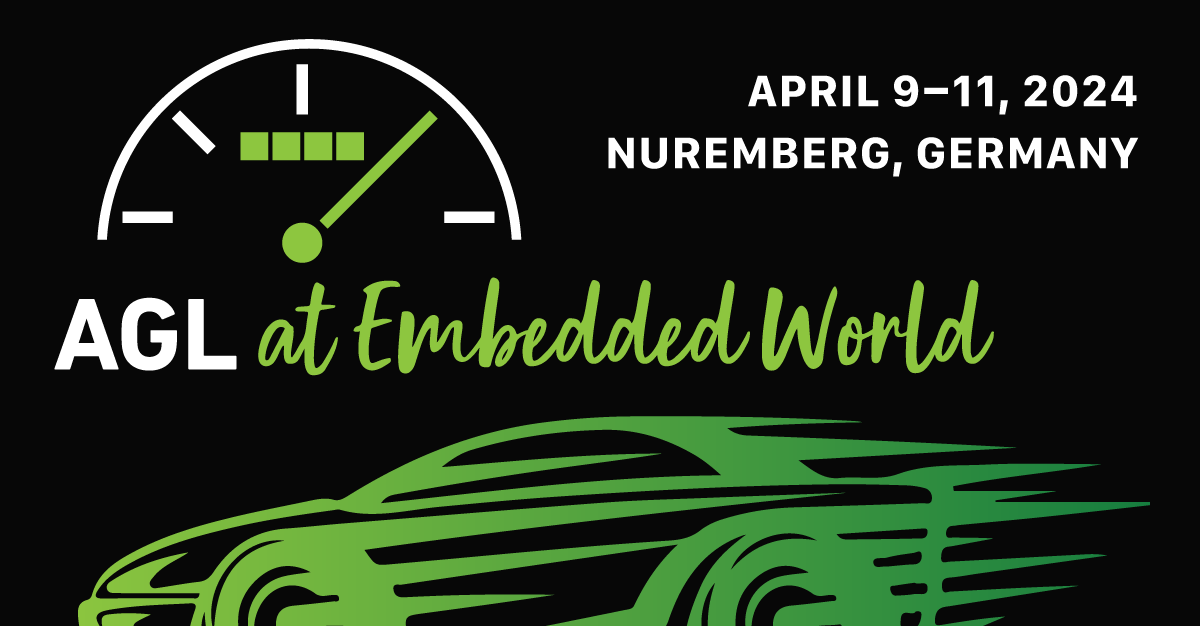In this series, we talk to AGL developers to learn more about the work they are doing with AGL and open source.
Today, we chat with Mingying Zhou, Senior Engineer and Manager at Nanjing Fujitsu Nanda Software Technology Co.
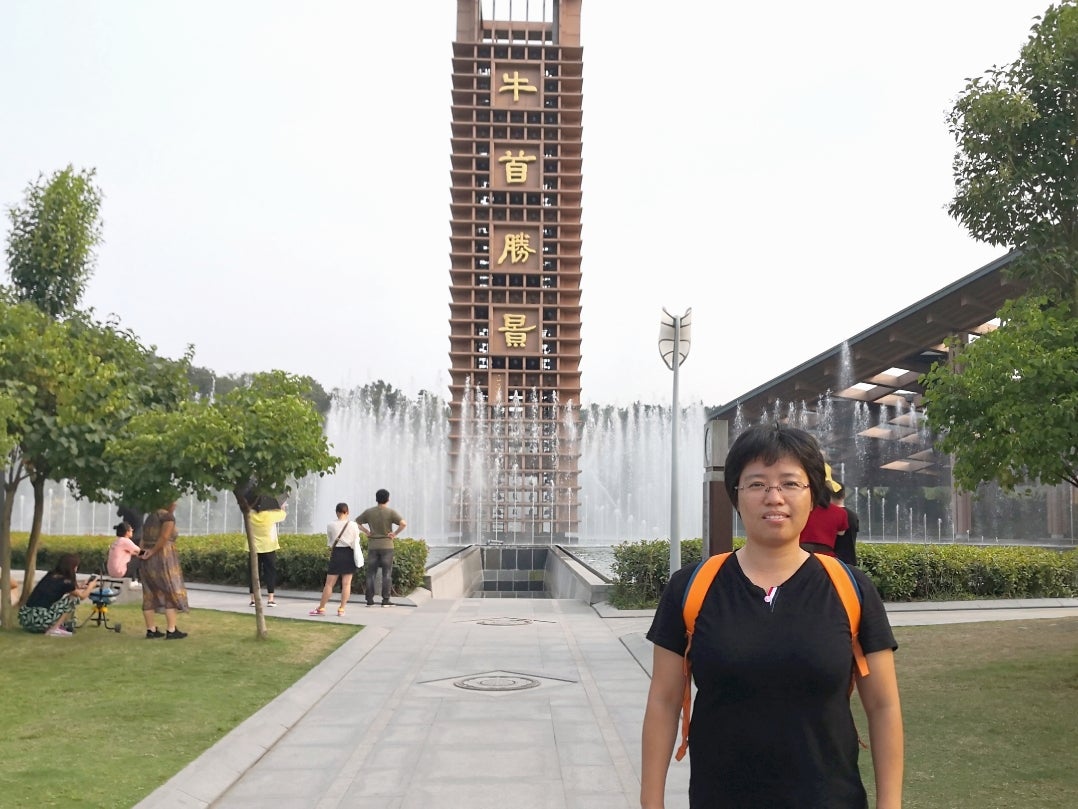
Tell us a bit about yourself – what made you want to get into technology? How did you get involved in automotive? In AGL?
I started to study computer in high school, but I found that I couldn’t program because I couldn’t understand a “for” loop at all. But I thought computer science technology would be widely used and it looks very high-tech, so I chose computer science and technology as my major when I graduated from high school and applied for college. It wasn’t very smooth at first. After one semester passed, I had learned some basic computer knowledge, but I still couldn’t program. The turning point was in the second semester. I began to learn C language, and I found that I could gradually write some simple programs, including the use of “for” sentences. I thought it was very wonderful and exciting, and I knew I liked programming. After graduation from university, I worked on Linux servers for nine years. After that, I started embedded development (Engine ECU control) at the invitation of a colleague. I accumulated some knowledge of automotive after five years of engine development. And, since AGL is the perfect combination of Linux and automotive, I decided to start working on AGL. It makes me feel that the previous 14 years’ work experience has been fully linked. It’s great.
What are you working on within AGL? Can you sum up your experience so far?
I currently focus on the implementation of AGL on low-end instrument cluster. I mainly consider how to select the required instrument cluster functions from the existing functions of AGL and try to replace the implementation of some functions in order to shrink AGL’s footprint. The AGL community is very active, and they are constantly updating and improving existing functions, as well as introducing some new technologies. I think AGL is a useful system and also a very good technology research platform.
What advice would you offer other developers or software engineers interested in getting started with AGL?
There are many articles about AGL on the website, and there are many documents in the AGL code that can help you quickly understand AGL. In addition, AGL has mailing lists. You will receive enthusiastic responses when sending your questions to the mailing lists. I think it’s convenient and useful when you have problems.
What are the most interesting AGL technologies, apps, or use cases from your perspective?
AGL’s App Framework is great for managing Apps easily and uniformly. And the navigation App is very important and interesting, and it can help people get to their destination quickly.
What’s the one issue or problem you hope open source software can solve for the automotive industry?
I hope that wireless communication technology will be more widely used in automotive, so autonomous vehicles can come as soon as possible. The original drivers can become passengers and enjoy leisure time in comfortable vehicles.
What do you think is most important for AGL to focus on in the next year?
As an automotive system, AGL must consider functional safety for IVI, instrument cluster, and so on. So I think AGL also needs to focus on improving functional safety.
Where do you hope to see AGL in 5 years?
I hope that AGL can be used in most parts of automotive, and that it is used in more vehicles and in more brands.
What is the best piece of developer advice you’ve ever received?
“Send an e-mail to the AGL community list to ask the Big guys about this problem.”
What technology could you not live without?
Wireless communication technology.

